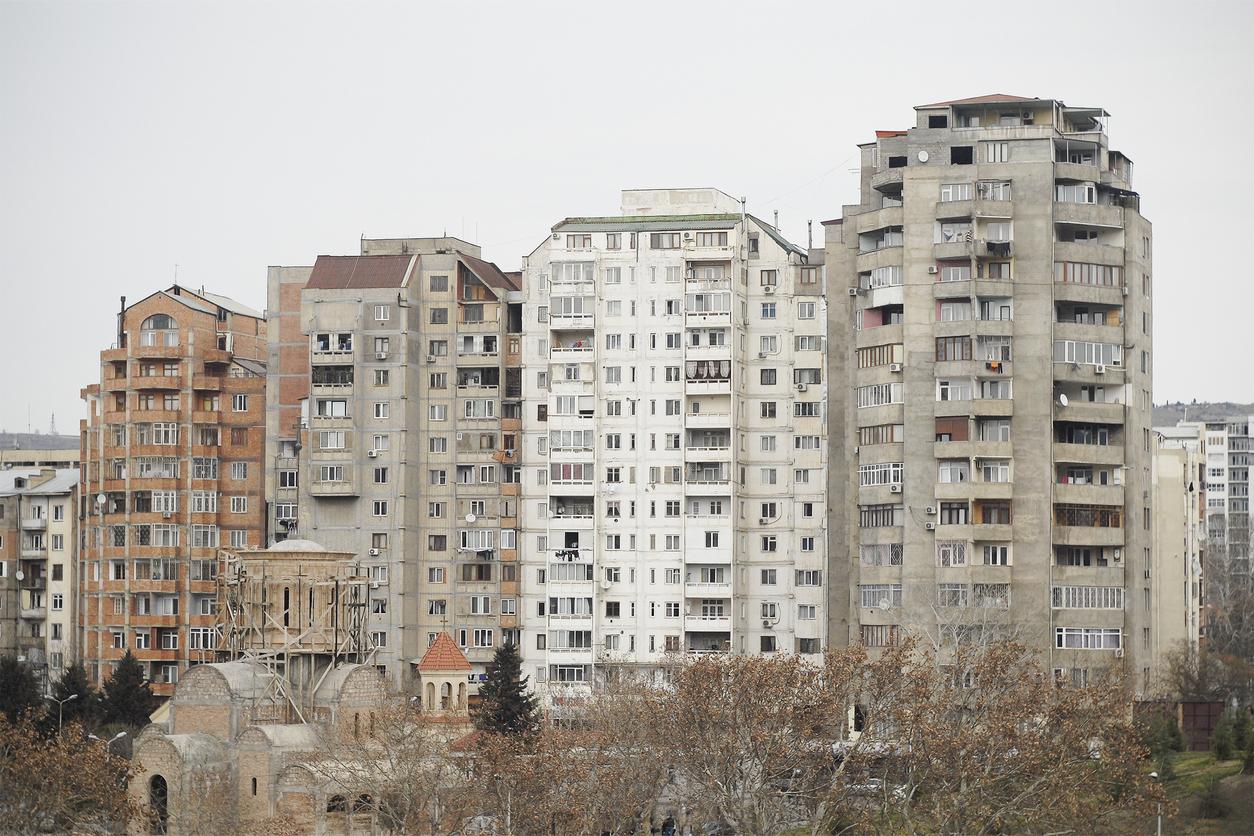You have itchy feet
The most common cause of itchy feet is yeast infection of the feet, also called athlete’s foot because athletes are regularly affected. It is due to fungi, the dermatophytes. These parasites thrive in the outermost layer of the skin because they need the keratin for their survival. The yeast infection often begins between the 4th and 5th toes. Then the attack spreads to the other spaces between the toes, and sometimes to the sole of the foot, causing severe itching.
This infection develops in a humid environment: by wearing sneakers in which you sweat, for example. Usually, applying an anti-fungal cream for a few weeks is sufficient to cure athlete’s foot. To avoid recurrence, at the gym, after showering, dry your feet well and remember to ventilate and disinfect your sneakers with an antifungal powder. At home, after bathing or showering, wipe each space between the toes well with a clean towel and, above all, do not share it because the infection is contagious.
You have swollen feet
Swollen feet can be due to multiple causes: wearing shoes that are too tight, standing for too long or (obviously) a sprained ankle. But if this swelling lasts for several days, it is important to see the doctor as it can be a warning sign. This may mean that you have a problem with your kidneys, or it may be a side effect of certain medicines you are taking (for diabetes Where high blood pressure for example).
It is also important to see a doctor urgently if the swelling of the feet is accompanied by symptoms such as chest pain, difficulty breathing, or dizziness, as these could indicate that a clot is blocking an artery and blood is seeping out. ‘accumulates in the legs or be a symptom of heart disease.
Your feet are burning
The sensation of burning feet can range from a simple tingling to a real pain that wakes you up in the middle of the night. If you’ve been standing or shopping all day, don’t worry – your feet are just tired. But burns that persist can be a sign of a circulatory disease called peripheral artery disease. PAD is very common in older patients and is often associated with coronary artery disease. It is caused by atherosclerosis (hardening of the arteries) or by arterial damage.
See a doctor if this burning sensation lasts for several weeks or if the symptoms become more intense and painful. In the meantime, elevate your feet as often as possible to relieve symptoms.
You have cold feet
Many people have cold feet with no underlying cause. But it can also be a sign of very poor blood circulation. If you smoke, you may be suffering from chronic obstructive pulmonary disease (COPD), an inflammatory disease that affects the bronchi, preventing them from absorbing the correct amount of oxygen and thereby causing a drop in the level of oxygen in the blood. As the extremities of the limbs are extremely sensitive to poor circulation, this can manifest as a feeling of cold or numb feet. Do not hesitate to consult your doctor because an early diagnosis of COPD can slow down the deterioration of respiratory function.
You have pain in your big toe
Pain located in the joint of a big toe should not be taken lightly as it may suggest that you have a particularly painful, complex form of arthritis called gout. Gout occurs as a reaction to an abnormally high level of uric acid in the blood. This results in the development of uric acid crystals especially in the joints, such as the big toe. The big toe is then swollen, red and very painful, so much so that it is difficult to touch it. A diet that is too rich, excessive alcohol consumption and too much inactivity are often the main culprits for this increase in uric acid levels.
















